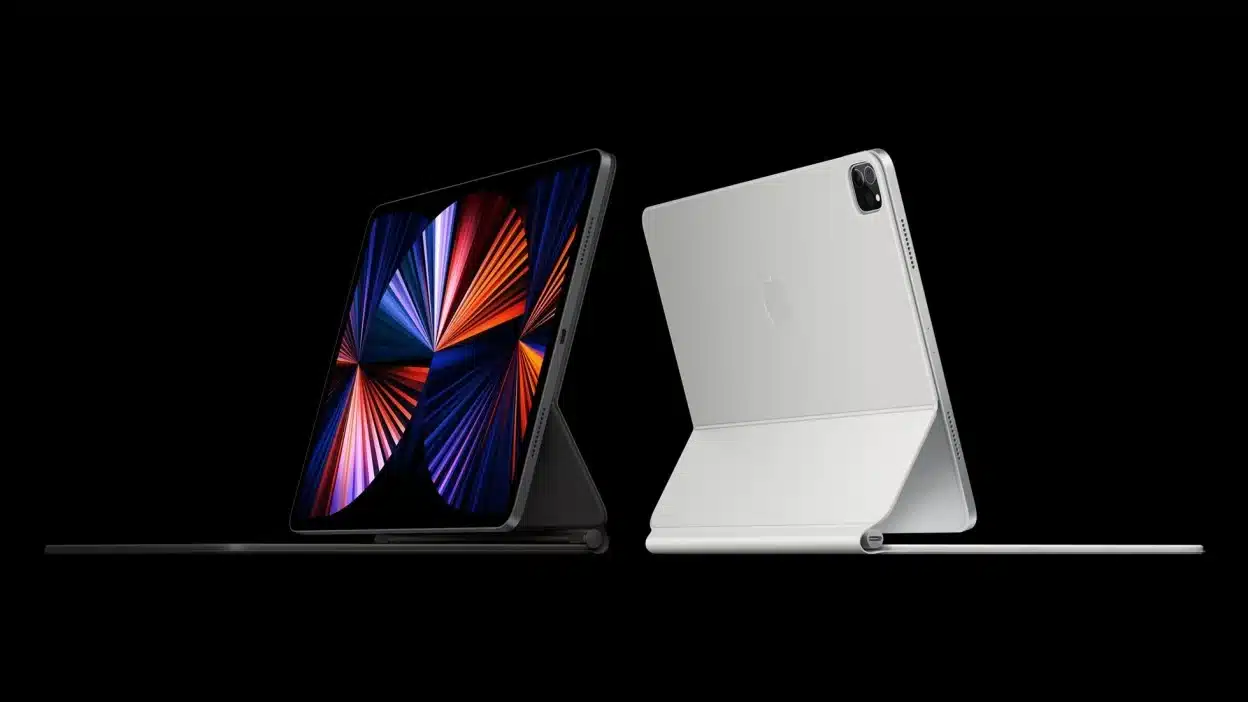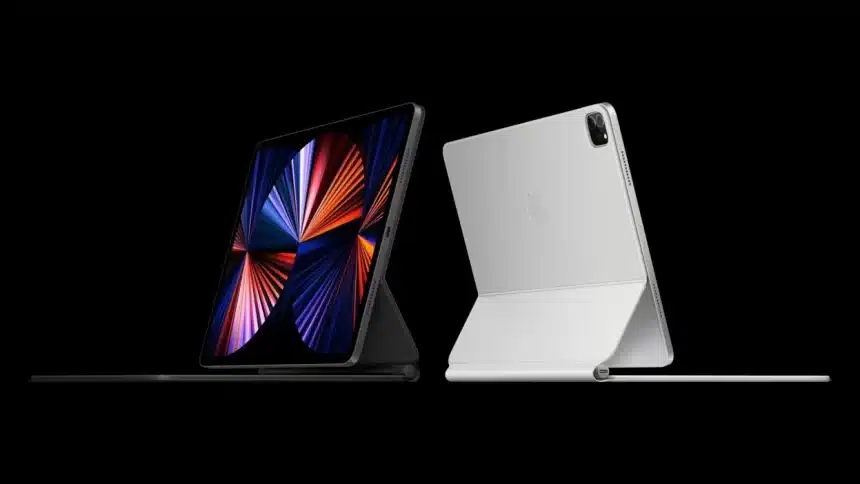Apple’s latest iPad Pro, with its ultra-thin OLED display, has not achieved the sales surge the company expected. Released in May 2024, this model aimed to set a new standard with its sleek design and cutting-edge display. However, by the third quarter, reports indicate that sales have fallen short of Apple’s projections.
High Hopes, Low Sales Numbers
The OLED iPad Pro was anticipated to revolutionize the tablet market. Apple launched it in two sizes—11.1-inch and 13-inch—both featuring a 0.2mm thin OLED display. This upgrade promised vibrant colors and high contrast, marking Apple’s first use of OLED in an iPad. Initially, the company projected shipments of 10 million units for 2024.

Unfortunately, sales have not met these expectations. Display Supply Chain Consultants (DSCC) report a 40% drop in panel shipments for the third quarter. The decline is expected to continue, with predictions of another 30% drop by year-end. The larger 13-inch model appears to face the steepest decline, with a projected 90% reduction in Q4.
Price Remains a Barrier
One major issue appears to be the iPad Pro’s price. The 11.1-inch model starts at $999, while the 13-inch model starts at $1,299. For many buyers, these prices are steep, particularly in the current economic climate. Consumers are prioritizing essential expenses, which makes high-end gadgets a tougher sell.
Is OLED Enough?
The new OLED screen offers a stunning visual experience, but the upgrade may not be enough for existing users. Many iPad Pro owners already enjoy Mini LED displays and a powerful M3 processor, making the OLED version less of a necessity. Tablets also tend to have longer lifecycles than smartphones, so users are less likely to upgrade frequently.
Outlook for the Future
Apple’s upcoming Q3 earnings report, expected on October 31, may provide more insight into how the OLED iPad Pro impacts total sales. For now, it seems price sensitivity and limited demand for OLED in tablets present significant challenges. Despite the technology advancements, Apple’s latest iPad Pro may need more to attract widespread consumer interest in the competitive tablet market.












